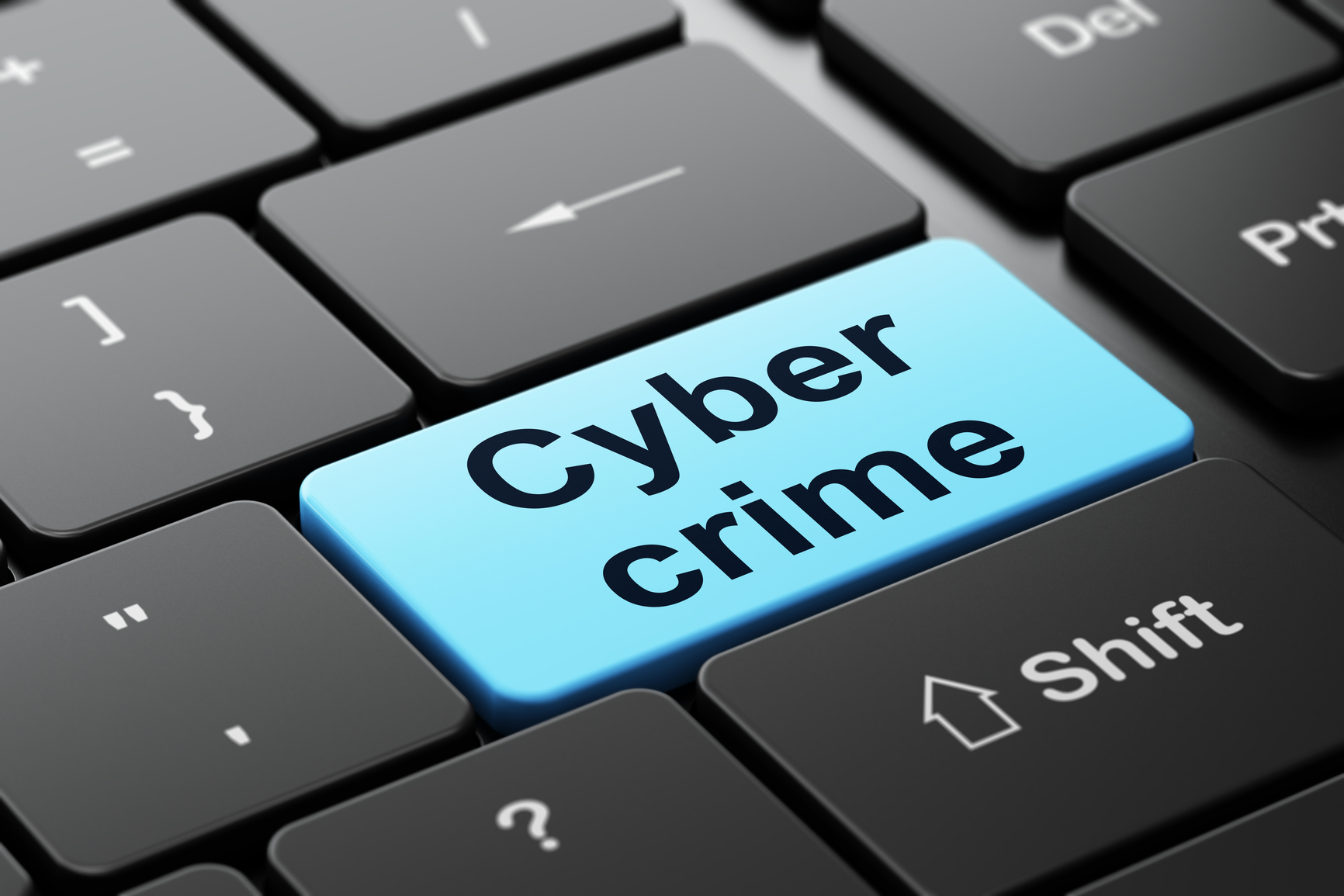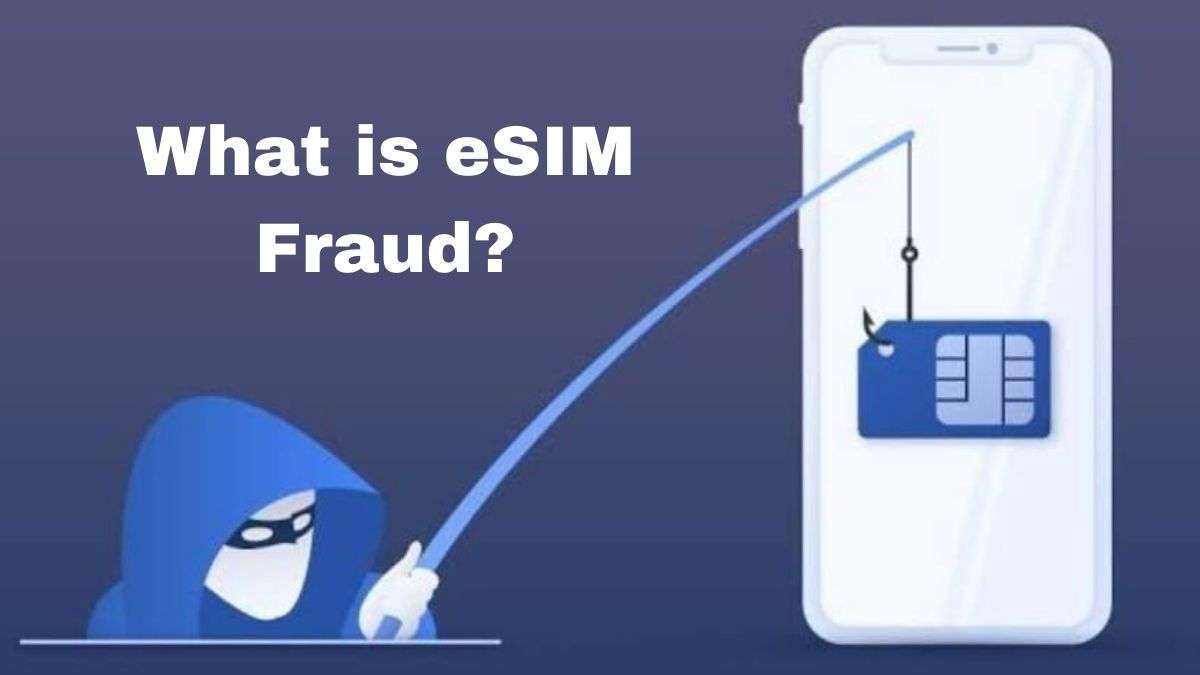16 Billion Passwords Leaked in Massive Data Breach: How to Check if You’ve Been Hacked
- bypari rathore
- 01 August, 2025

16 Billion Passwords Leaked in Massive Data Breach: How to Check if You’ve Been Hacked
June 21, 2025 — In what is being described as one of the largest data breaches in history, cybersecurity researchers have uncovered a shocking leak of more than 16 billion stolen passwords and credentials circulating on the dark web.
The massive compilation — known as a “mother of all breaches” (MOAB) — reportedly contains passwords from hundreds of past breaches combined with newly stolen data, affecting millions of individuals and businesses worldwide.
🔍 What Happened?

According to researchers at cybersecurity firm CyberNews, the leak is a collection of past and fresh breaches, bundled together and shared on hacker forums. This treasure trove of information includes usernames, passwords, and even email addresses — giving cybercriminals the tools needed for phishing, account hijacking, and identity theft.
⚠️ What Does This Mean for You?
If your email, social media, or financial account credentials were part of this leak, your accounts could be vulnerable to:
Unauthorized access
Credential stuffing attacks
Phishing scams
Identity theft
✅ How to Check if You’ve Been Hacked
You can quickly check if your account has been affected using trusted websites:
Have I Been Pwned – Enter your email to see if it's part of any known breaches.
CyberNews Personal Data Leak Checker – Scan the latest leak databases.
Firefox Monitor – Get alerts if your info appears in future breaches.
🔐 What to Do if You’re Affected
If your account shows up in any of these tools:
Change your passwords immediately — use strong, unique passwords for each account.
Enable two-factor authentication (2FA) wherever possible.
Use a password manager to store and generate secure credentials.
Stay alert for phishing emails or suspicious login attempts.
🧠 Pro Tip:
Avoid reusing the same password across different services. A breach in one could compromise all your accounts.
This unprecedented leak is a wake-up call for digital hygiene. With cyber threats becoming more aggressive, protecting your data is no longer optional — it's essential.
Note: Content and images are for informational use only. For any concerns, contact us at info@rajasthaninews.com.
TSMC Optimistic Amid...
Related Post
Hot Categories
Recent News
Daily Newsletter
Get all the top stories from Blogs to keep track.






_1761191103.jpg)
_1761639413.jpg)



